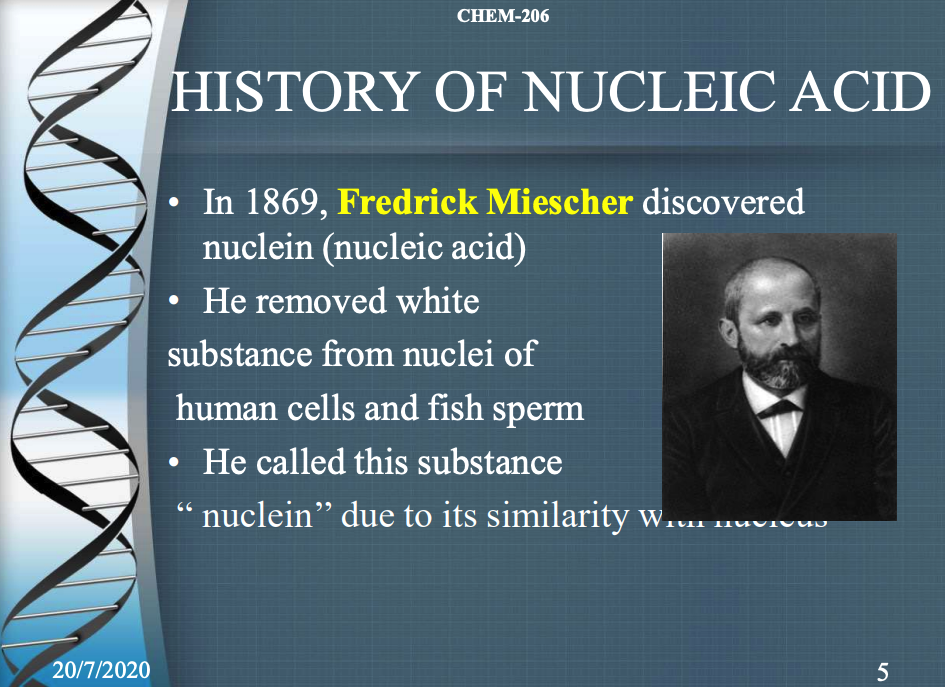A Comparative Study of DNA and RNA
Summary:
Nucleic acids are crucial macromolecules that play a vital role in storing and expressing genetic information. The two primary types of nucleic acids are DNA (Deoxyribonucleic Acid) and RNA (Ribonucleic Acid).
Nucleic acid composition involves nucleotides, comprising a five-carbon sugar, a phosphate group, and a nitrogenous base. DNA and RNA have slightly different nucleotide compositions.
DNA is typically double-stranded and forms a double-helix structure. Its nucleotides consist of deoxyribose sugar, a phosphate group, and one of four nitrogenous bases: adenine (A), guanine (G), cytosine (C), and thymine (T).
RNA, on the other hand, is usually single-stranded. Its nucleotides comprise ribose sugar, a phosphate group, and one of the four bases: adenine, guanine, cytosine, and uracil (U) instead of thymine.
The differences between DNA and RNA extend beyond structure. DNA serves as the genetic blueprint for an organism and is generally stable, whereas RNA is more transient and plays a variety of roles in the process of protein synthesis, including serving as a messenger between DNA and ribosomes (mRNA), as a part of ribosome structure (rRNA), and as a carrier of amino acids (tRNA). Furthermore, the presence of thymine in DNA and uracil in RNA, and the different sugars in their respective backbones, contribute to their distinct functions within the cell.
Excerpt:
A Comparative Study of DNA and RNA
Chemical Composition of Nucleic Acid – CHEM-206
CONTENTS
• History
• What is nucleic acid?
• Composition of nucleic acid
• Structure and chemical composition of DNA
• Structure and chemical composition of RNA
• Difference Between DNA and RNA
• Structure Differences Between DNA and RNA
• References
HISTORY OF NUCLEIC ACID
- In 1869, Fredrick Miescher discovered nuclein (nucleic acid)
- He removed the white substance from nuclei of human cells and fish sperm
- He called this substance “nuclein’’ due to its similarity with the nucleus
- In 1889, His student Richard Altman later renamed this substance“ nucleic acid” as it was acidic in nature.
- In the mid-1800s, biochemists identified two distinct nucleic acids
- In the early 1880s, Albert Kossel purified it, explained its acidic properties, and identified the nucleobases.


Reviews